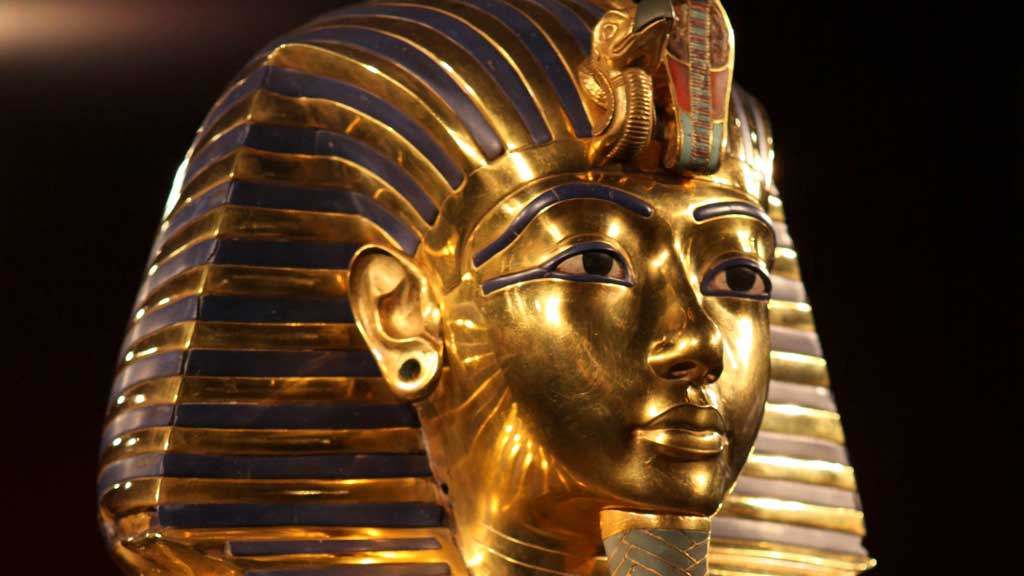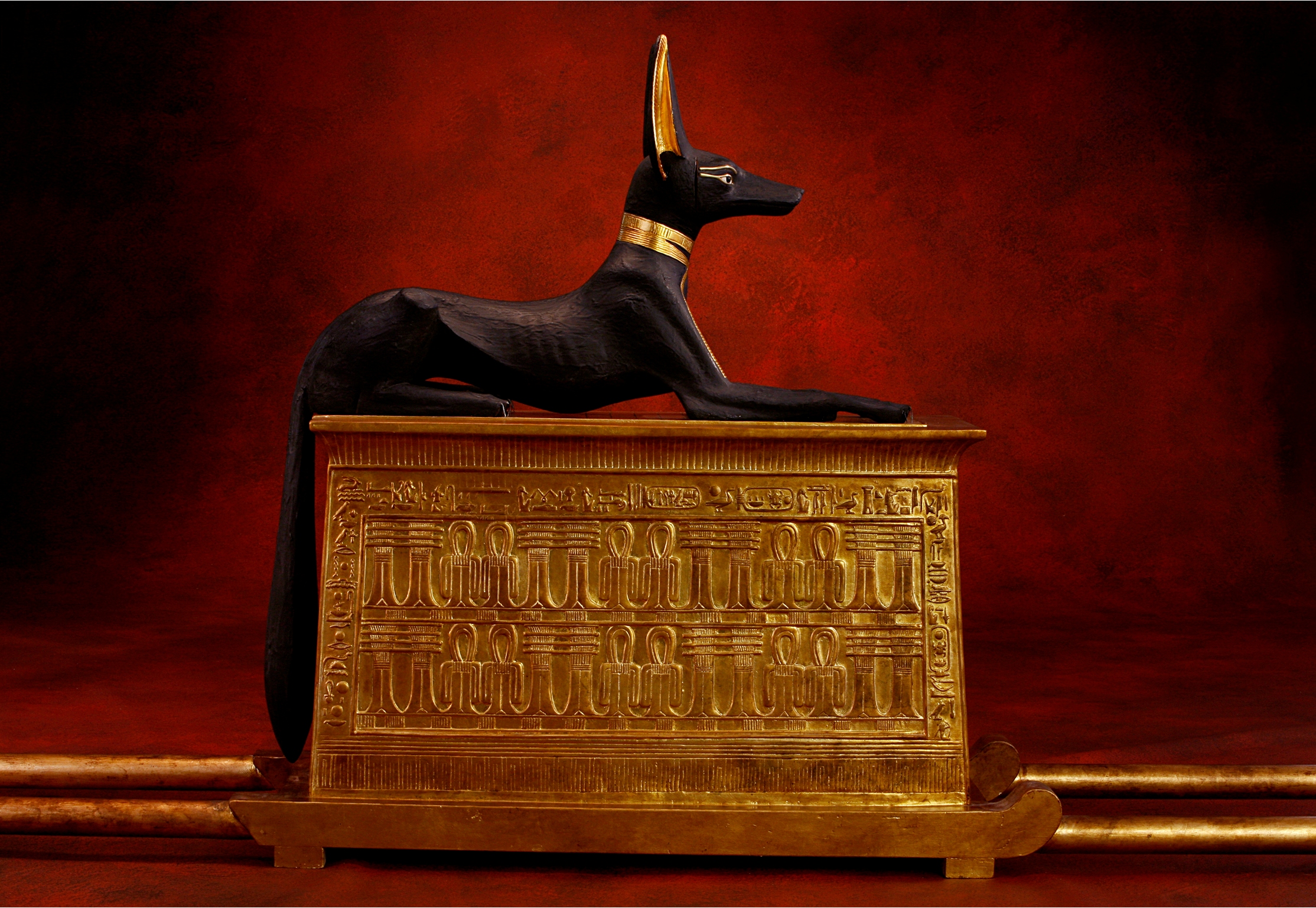Replicas that Dazzle and Impress

Although experts might have been expected not to be impressed by the exhibition "Tutankhamun – His Grave and His Treasures", the opposite was in fact the case. The didactic presentation of the subject matter and the outstanding quality of the replicas of the treasures taken from the tomb of Ancient Egypt's youngest pharaoh (1341–1323 BC) has won over even Egyptian archaeologists. The exhibition first opened in Zurich in 2008 and has been touring Europe ever since.
This collection of replicas is no Pharaonic Disney World. On the contrary: 1,000 replicas of the 5,000 original objects were created to scale and with minute attention to detail by Dr Mostafa El-Ezaby, one of the most famous sculptors in Cairo. By comparison, the world-famous Tutankhamun exhibition of the early 1980s under the patronage of Anwar al-Sadat and Karl Carstens contained 55 original pieces.
Pulling in the crowds
Ever since, Tutankhamun exhibitions have been pulling in the crowds again and again all over the world. The very human feeling of disquiet generated by Tutankhamun's mysterious death has fascinated generations across the centuries and continues to do so to the present day.
It took a team of renowned international experts five years to prepare the exhibition. The exhibition provides a concise and clear introduction to the history of the pharaohs, provides information on the artefacts, and uses contemporary photos to tell the exciting story of the discovery of the tomb by Howard Carter in 1922.

Thanks to Harry Burton, photographer of the Metropolitan Museum of Art, over 2,800 first-class negative plates showing the opening of the grave have survived. In the final part of the exhibition, some of the spectacular treasures from the burial chamber are on display: golden coffins, massive shrines that barely fitted into the burial chamber, masks, grave goods for his use in the hereafter, jewellery, chariots, amulets, the coffins of his children, a throne, and much, much more.
The original, world-famous burial mask of the young pharaoh is made of 11 kg of gold. Epoxy resins, plaster, and original materials such as wood, stone, and gold leaf were used to make the replicas instead of the solid gold of Tutankhamun's day. Nevertheless, the exhibits look very real and their beauty is spellbinding. The sculptor was even advised to sign his work in order to avoid it being mistaken for the originals.
The modern Egyptian craftspeople who made these replicas also used ancient techniques in order to be able to create the most accurate copies possible.
Only in an exhibition of replicas is it possible to show exhibits at close quarters without the protection of glass showcases. Just under five million euros was spent on the entire exhibition. Dr Martin von Falck, the exhibition's most senior academic, sees the replicas as didactic illustrative material that also brings together artefacts that were scattered over several locations.
As wonderful as these replicas may be, artists, academics, and those interested in Ancient Egypt will always want to see the originals. This is why, right at the start of the audio tour, the exhibition organisers make it absolutely clear that the exhibits are replicas and advise visitors to visit the original sites.
Sonja Hegasy
© Qantara.de 2013
Translated from the German by Aingeal Flanagan
Editor: Lewis Gropp/Qantara.de